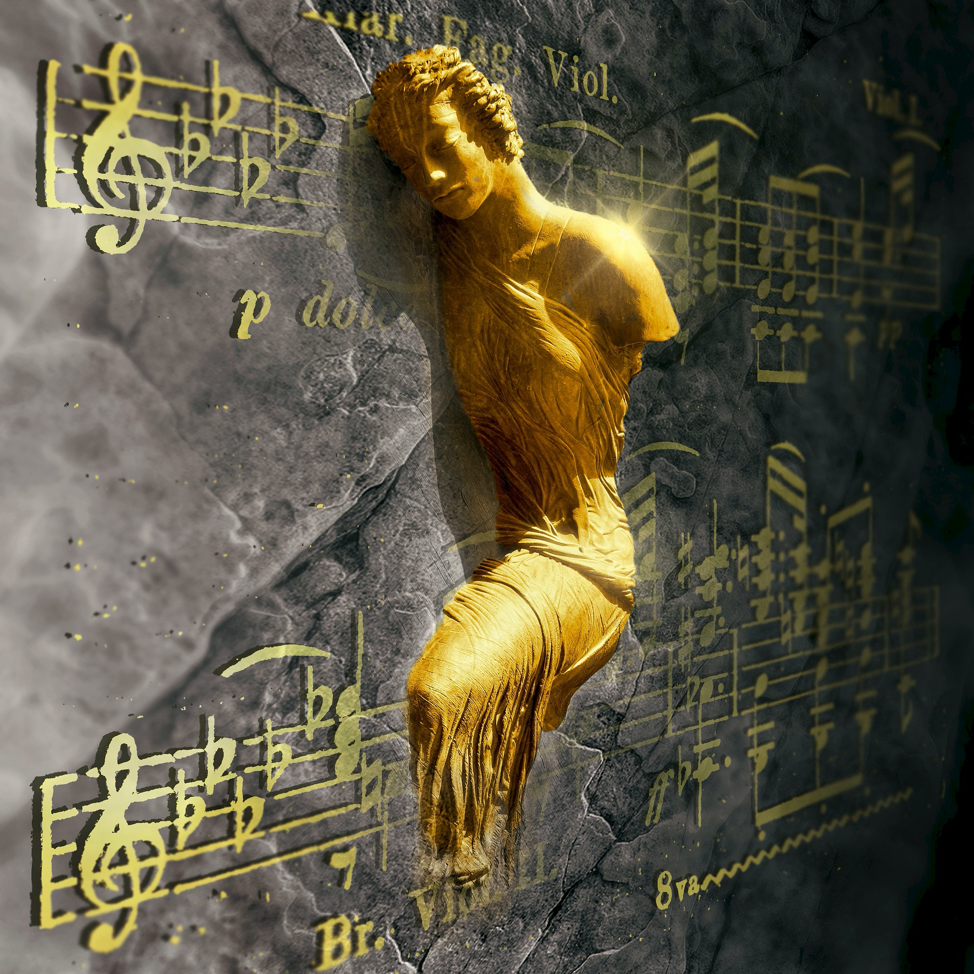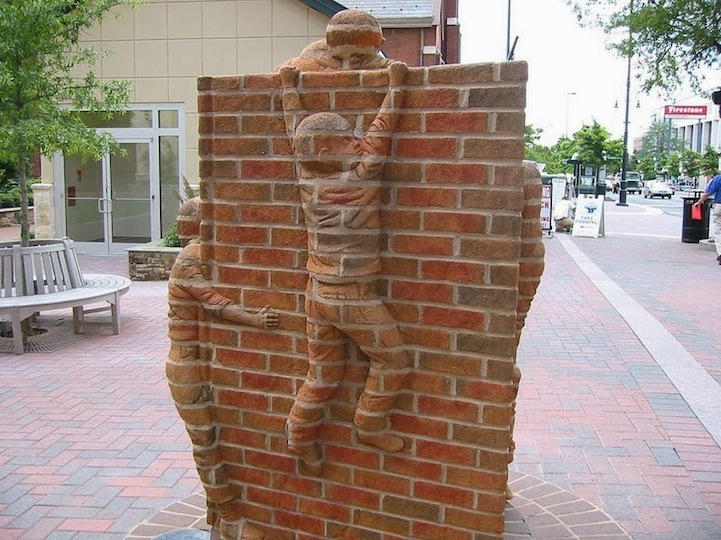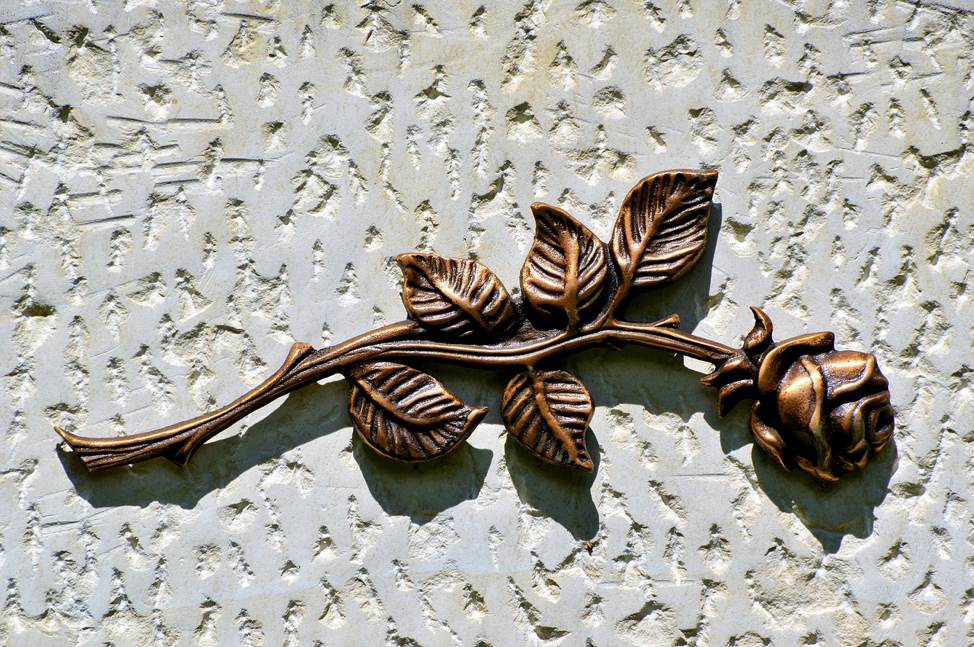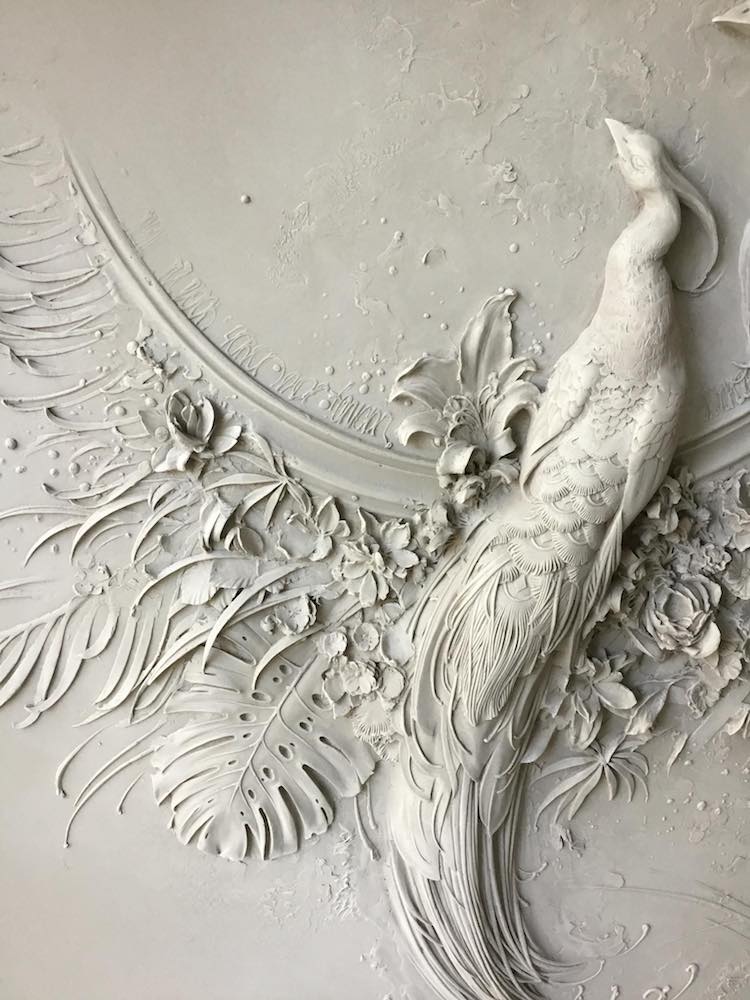Wall sculpture has been around as long as mankind. Early developments of cave wall art, relief art, or wall sculpture have been found in places like Germany, France, The Czech Republic, Italy, Russia, Ukraine, and many more countries. Contemporary wall sculpture is a development of the Modern Era of Art and is often featured in local art galleries and museums. It is sometimes also called Relief Art.
Plastic art is a term often used in the art world to describe this type of art. Plastic art is that which involves modeling or molding, and art representing solid objects usually in three-dimensional forms. In the past, this form of art was often carved out of stone, although it began to include other media, like metals, plasters, clay, and in more modern times plastic itself.
Most of these media are becoming more accepted as official forms of plastic art, and a subset of the visual arts, in the Modern Era. When artists, painters, and eventually those working in plastic arts were starting to experiment with methods and processes outside the traditional wall sculpture forms of the old masters, plastic art came to have higher recognition and appreciation.

1. The Types of Wall Sculpture
Throughout history, wall sculpture has been categorized and described in different ways, and types. It can depend on the media, the way it sits in relation to the wall, or, if it is free standing, how and where it is placed. The names have changed over the years and most people have no idea how to differentiate the various wall sculpture types as they observe them.
In the old schools of art, a wall sculpture was described as low relief if it sits close to the wall. High relief if half or more of the sculpture projects from the wall, and sunken relief if the sculpture is below the surface level of the surrounding area by half or more of its circumference.
There are three main types of wall sculptures according to the process in which the sculpture is made: carved, modeled, or assembled. Carved describes the process in which material is removed; modeled, the process in which the artist builds up the material; and assembled, where the artist uses predeveloped pieces, joining them to the formation.
There is one final type you should consider called Staticciato. This type depends on how pale colors and surroundings react to the light. This particular type is made by using very fine chisel lines and carvings. It has a very low recessed profile within its surrounding area and to give the illusion of greater depth, the thickness gradually decreases from the foreground to the background.
2. Contemporary Art Defined
Depending on who you ask Contemporary Art can be defined in two ways. It can mean the use of the word “contemporary” as art made in this lifetime. It can also mean an era of art that began in the early years of modernism. In 1910, Roger Fry founded the first Society for Contemporary Art and several more followed in various places in the 1930s. If you are trying to find a way to gather distinctions between Modern and Contemporary works of art, some would say that Modern Art dares to examine and change the traditions, and Contemporary works cause us to examine and find the art in each work.

3. Wall Sculpture is Still Alive
Unsurprisingly, many people today think wall sculpting is a lost art. Most of this type of sculpture are on buildings in ancient cities and are known through photographs in books.
But today there are sculpture artists still chiseling away, building up, and molding beautiful works of art. Using the techniques of the Old Masters right beside the techniques learned and applied in the Modern Era. One of those is Goga Tandashvili, a multimedia artist from Russia.
Using a process of sketching and building up, his works look like they were formed within the wall they are suspended on. He uses Impressionist techniques, creating wall sculpture that serves both as decoration and large beautiful works of art.
Brad Spencer is a North Carolina artist that is changing the face of brick walls. Literally, creating beautiful art pieces where the brick seems to come alive with his creations. Brick sculpture has a history all the way to Ancient Egypt. The lines of the masonry brickwork, intersecting with the lines of the sculpture, draws one’s eye to the art in new ways.
4. Contemporary Art Makes You Think in New Ways
Modernism is art with a focus on referencing, expressing, and interacting with self. Impressionism plays with a reference of light, and shape, and our perception of it at a specific moment in time.
Contemporary Art has a tendency to make us ask questions. Often questions like Why? What’s the point? This art often feels contradictory, somewhat or completely open-ended, and may even leave us feeling confused.
5. Themes of Contemporary Art
Naturally, if a work of art is abstract, or open-ended, trying to figure out some of the limits of a specific category can be a bit of a struggle. As with any art movement, Contemporary Art does have its themes. Notable themes of Contemporary Art are contemporary society and its culture, migration and globalization, memories and time, criticism of institutional and political climates, identity and the body, are just some of the more easily recognized themes.

History Written in Stone
Research a little of the plastic arts, and you will find art that has been around for hundreds, even thousands, of years. Why aren’t the plastic arts in the current Post Modern Era more prominent? Is that because they can be one of the more time-consuming forms of art media? Is it because the works of the Old Masters were just too good, or maybe just too revered? Or are our modern buildings designed without this type of wall sculpture in mind?
Take time to appreciate and enjoy wall sculpture. Whether it is Modern, Contemporary, or even the Old Masters ancient wall sculptures, it is worth slowing down to take in the details. When a piece piques your curiosity and interest, find out more about it, the art form, and artist and see where it takes you.
Whitney Creath is a copy writer at MacfineArt.com Her desire is to write innovative, honest and engaging copy that helps businesses and blogs thrive. She has written content, copy-written, and helped with social media content for several different companies. When not writing, she enjoys spending time with family, art, music, and the beach, and sometimes all of those things at the same time. If you would like to follow her work you can find her writing projects, and more on Facebook, and Twitter.


